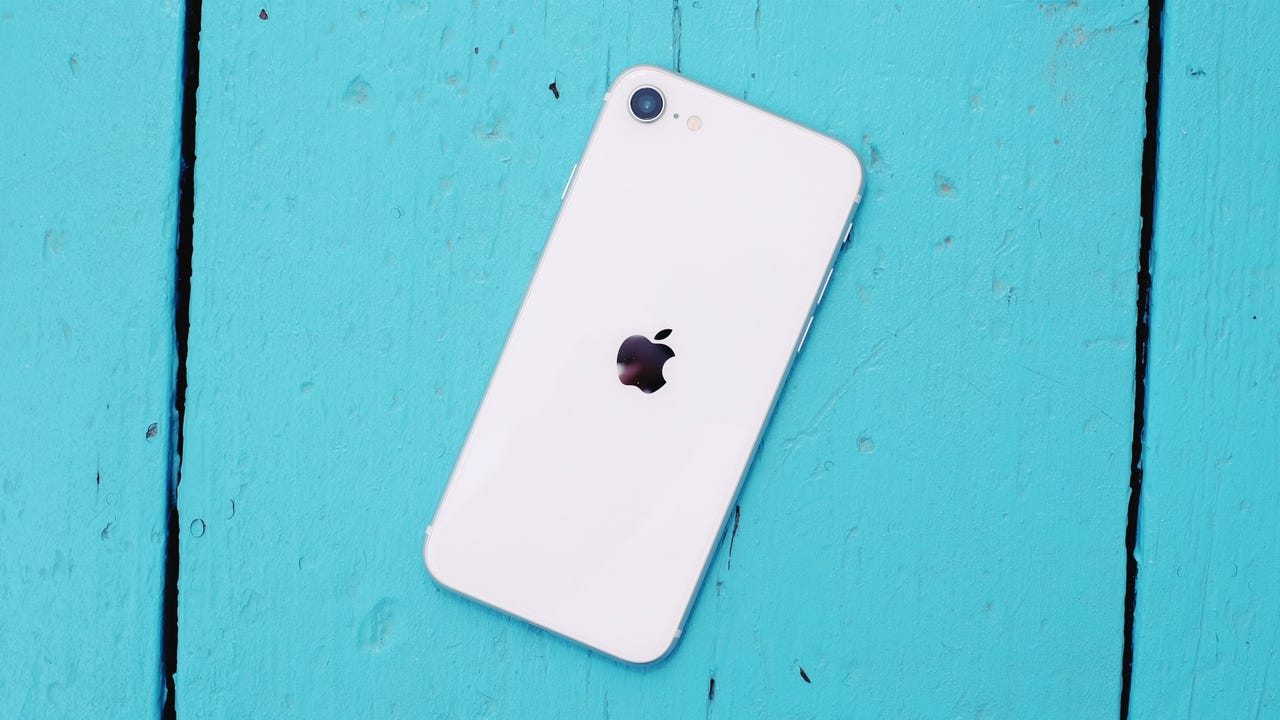'ZDNET Recommends': What exactly does it mean?
ZDNET's recommendations are based on many hours of testing, research, and comparison shopping. We gather data from the best available sources, including vendor and retailer listings as well as other relevant and independent reviews sites. And we pore over customer reviews to find out what matters to real people who already own and use the products and services we’re assessing.
When you click through from our site to a retailer and buy a product or service, we may earn affiliate commissions. This helps support our work, but does not affect what we cover or how, and it does not affect the price you pay. Neither ZDNET nor the author are compensated for these independent reviews. Indeed, we follow strict guidelines that ensure our editorial content is never influenced by advertisers.
ZDNET's editorial team writes on behalf of you, our reader. Our goal is to deliver the most accurate information and the most knowledgeable advice possible in order to help you make smarter buying decisions on tech gear and a wide array of products and services. Our editors thoroughly review and fact-check every article to ensure that our content meets the highest standards. If we have made an error or published misleading information, we will correct or clarify the article. If you see inaccuracies in our content, please report the mistake via this form.
Why your iPad, MacBook, or even iPhone might stop charging this winter

Over the past few weeks, I've received quite a few messages from people who have had problems charging their Apple devices in the cold, winter weather.
iPads, MacBooks, and iPhones suddenly stop charging, and the owners try different chargers and cables with no success. They start pointing fingers at the battery and think it's time for a replacement (battery or device).
Also: How to build a winter emergency kit (and why you should)
See also
And then, later in the day, the device suddenly starts charging again, and everything seems fine.
It's like the problem just fixed itself.
So, what's going on here?
The common element in all of these messages is temperature, specifically low temperatures. People left the device in a car or garage or outbuilding, let the device get really chilled, and then tried to charge it.
If the device still had charge, then it could run off charger power, but if the battery was already dead, then the device itself would also play dead and not switch on.
Also: Apple updates iPhone, iPad, Mac, Apple Watch and more: Here's what's new
But bring the device into a "room temperature" environment and leave it there for a bit, and the device will start charging again.
This is not a bug but a feature.
Rechargeable devices have an operating temperature range, and there's an upper and lower limit, beyond which the battery goes into a sort of "safe mode" to protect itself from damage.
Apple publishes this data:
Phone, iPad, iPod, and Apple Watch
- Works best temperature: 32° to 95° F (0° to 35° C)
- Storage temperature: -4° to 113° F (-20° to 45° C)
MacBook
- Works best temperature: 50° to 95° F (10° to 35° C)
- Storage temperature: -4° to 113° F (-20° to 45° C)
This applies to all rechargeable devices and batteries, but in my experience, Apple enforces this more than other manufacturers, so the problem is more apparent.
Apple puts a lot of effort into protecting the battery against damage through improper use and charging.
ZDNET Recommends
At the other end of the temperature spectrum, leave your iPhone in a hot car for too long, and you'll get a message telling you that it needs to cool down before you can use it or charge it.
Also, because of the temperature ranges concerned, MacBooks are more prone to this problem, so don't leave them in the car overnight in the cold -- or for that matter, hot -- weather.
So, what should you do if you find a device that's stone cold and won't charge?
The safest thing to do is to bring it into a "room temperature" environment (something around 64° to 72° F (18° to 22° C) and let the device warm up normally.
In a rush and tempted to speed up the warming process?
Be careful!
Exposing a device to high temperatures can cause problems and damage the battery, so only warm up a device if you can guarantee that you're not going to push the temperature above that 95° F (35° C) mark. I've used a heated blanket or on a warmish hot water bottle to do that, but I closely monitor temperatures to make sure things don't get too hot.
My advice is to do your best to keep your devices in that "works best" temperature range, and if your device steps outside of these ranges, let it come back to operating temperature slowly.
I've found that if it's absolutely necessary to keep a device out in cold weather, connecting it to a power bank helps to keep it running and slows down the drain on the battery in the cold weather. Anker power banks are my go-to for this.
